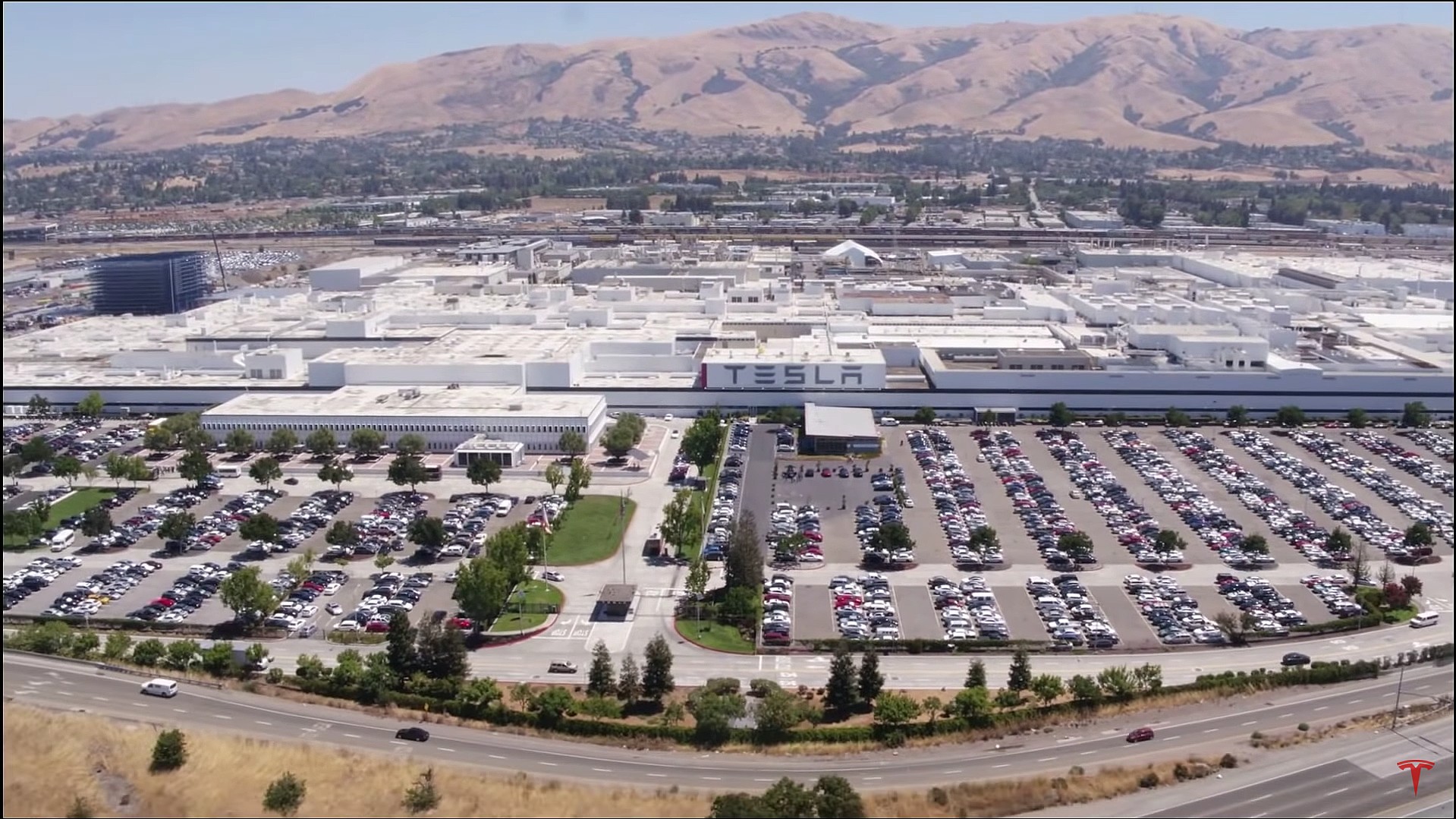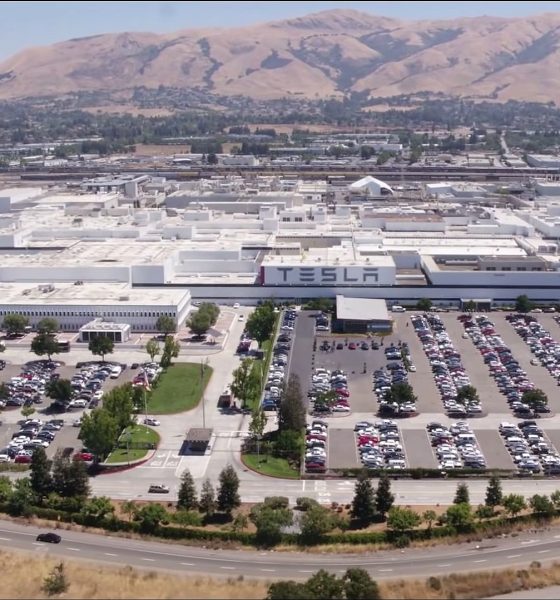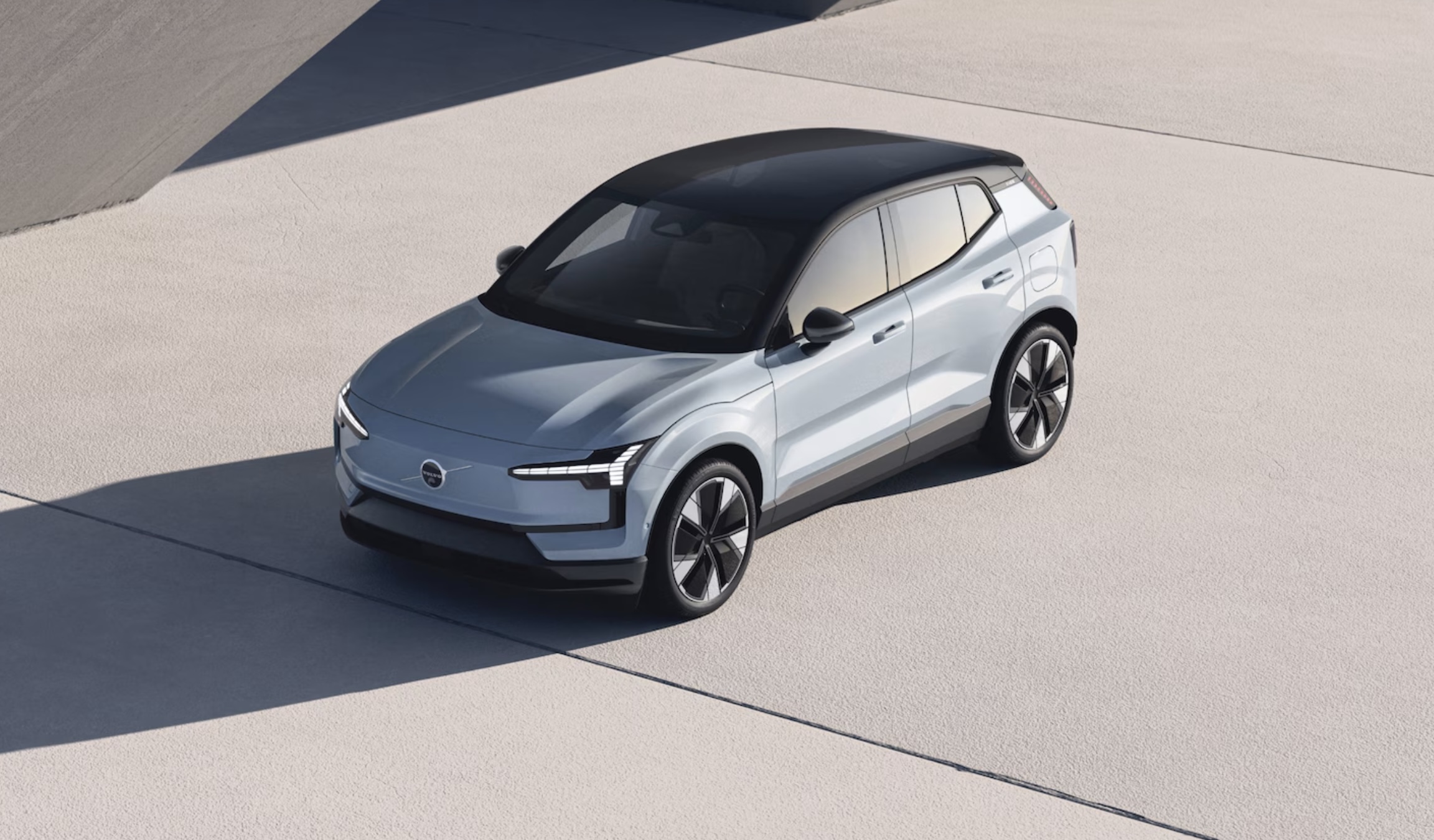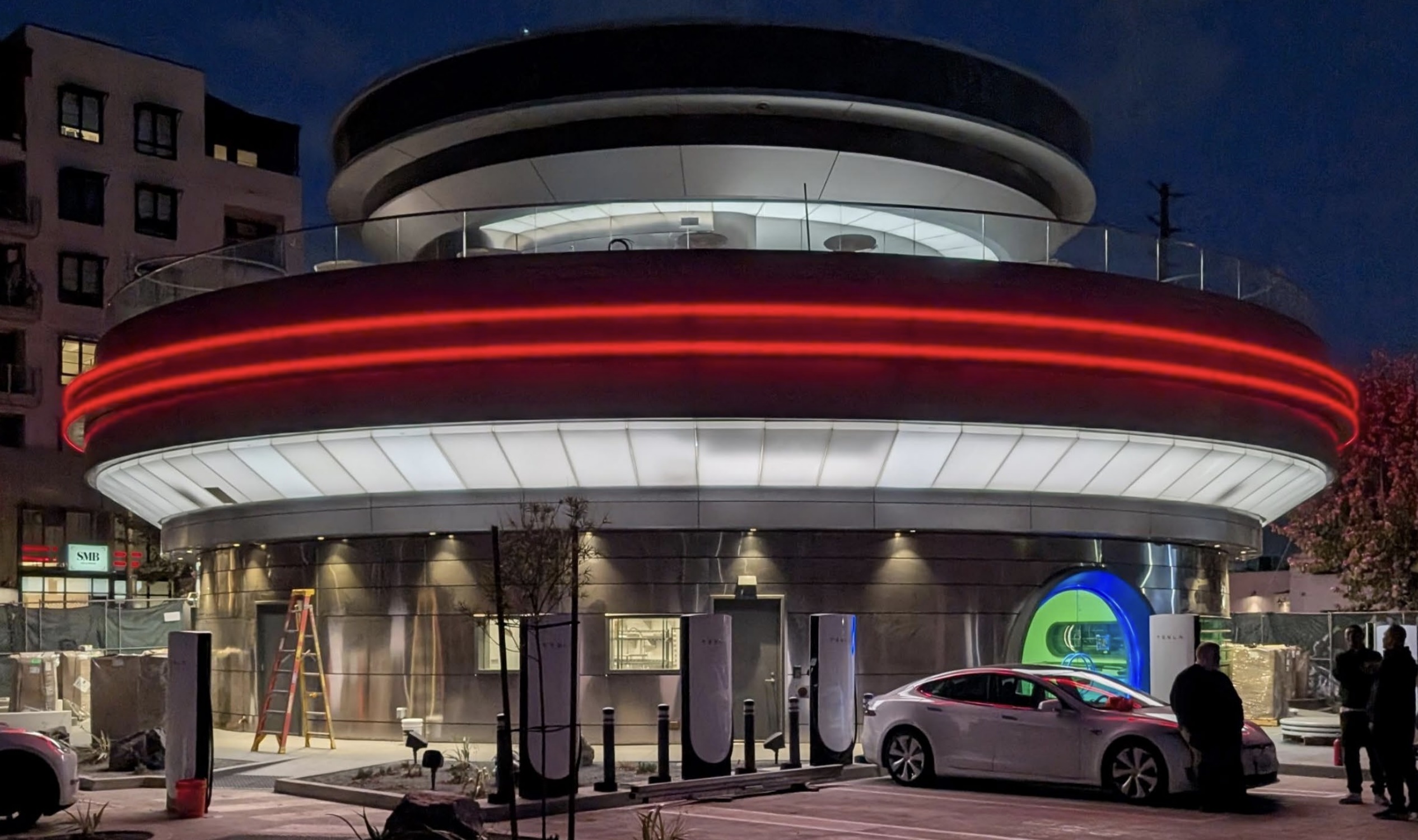

News
The DFEH’s case against Tesla has been filed, and its allegations are very, very serious
Just a few days ago, Tesla noted in a blog post that the California Department of Fair Employment and Housing (DFEH) is intending to file a lawsuit against the company over alleged systemic racial discrimination and harassment in the its CA facilities. The DFEH’s lawsuit has now been filed, and just as Tesla’s blog post suggested, its accusations are indeed very, very serious.
The lawsuit, which was electronically filed to the Superior Court of California, County of Alameda on February 9, 2022, pointed out that Tesla is currently the “largest and highest-profile” electric car company in the world. The suit also highlighted that “Tesla’s Fremont factory is the only nonunion major American automotive plant in the country.” And while a job at Tesla is typically seen as a “golden ticket” for those without a technical background or college degree to secure a job in tech and a path to a career and a living wage, there is segregation and a systemic racism issue prevalent in the company’s CA facilities.
The Department of Fair Employment and Housing alleges that this segregation, as well as the absence of Black and/or African Americans in leadership roles, has resulted in rampant racism being left unchecked for years.
“As early as 2012, Black and/or African American Tesla workers have complained that Tesla production leads, supervisors, and managers constantly use the n-word and other racial slurs to refer to Black workers. They have complained that swastikas, “KKK,” the n-word, and other racist writing are etched onto walls of restrooms, restroom stalls, lunch tables, and even factory machinery. They have complained that Black and/or African American workers are assigned to more physically demanding posts and the lowest-level contract roles, paid less, and more often terminated from employment than other workers.
“They have also complained that Black and/or African American workers are often denied advancement opportunities, and more often and more severely disciplined than non-Black workers. More significantly, these numerous complaints by Black and/or African American workers about racial harassment, racial discrimination, and retaliation lodged over a span of almost a decade have been futile. For example, Defendants turned, and continue to turn, a blind eye to years of complaints from Black workers who protest the commonplace use of racial slurs on the assembly line. Tesla was, and continues to be, slow to clean up racist graffiti with swastikas and other hate symbols scrawled in common areas.”
Details of the allegations against Tesla were quite shocking, as they include instances that, for all intents and purposes, should have resulted in a quick termination against the perpetrators. This is something that Tesla has reportedly done in the past, as outlined by the company in its response to a $137 million jury verdict, which came as a result of a lawsuit filed by ex-employee Owen Diaz, who accused the company of racial abuse during his tenure around 2015 through 2016. According to Tesla, two contractors behind Diaz’s racial abuse were promptly terminated, while another was suspended following an internal investigation.
Following are some of the detailed allegations outlined by the DFEH against Tesla.
“Throughout the day, every day, Black and/or African American workers heard Defendants’ workers, leads, supervisors, and managers make racial slurs and comments about Black workers.27 Examples of the racist language include the n-word, “porch monkey,” “monkey toes,” “boy,” “hood rats,” and “horse hair.” Defendants’ workers, including production leads and supervisors, made references to Black and/or African Americans in racist comments and racist jokes such as “N[ ] word out of the hood,” “from the ghetto,” “Tesla [was] hiring lazy coons,” and “go back to Africa.”
“Because the factory was racially segregated, Defendants’ workers referred to the areas where many Black and/or African Americans worked as the ‘porch monkey station.’ Defendants’ workers with tattoos of the Confederate flag made their racially incendiary tattoos visible to intimidate Black and/or African American workers. Racial slurs were also dispensed in Spanish and included ‘mayate’ and ‘negrita.’ Additionally, Defendants’ workers referred to the Tesla factory as the ‘slaveship’ or ‘the plantation,’ where Defendants’ production leads ‘crack[ed] the whip.’ Many Black and/or African American workers understood these terms to be references to how Defendants treated its Black and/or African American workers. One Black worker heard these racial slurs as often as 50-100 times a day.
“These Black and/or African American workers also had racial slurs directed at them. These workers were subjected to Defendants’ production associates, leads, and supervisors directly calling them the n-word throughout the day. One worker heard Defendants’ production associates and leads tell her to ‘Shut the fuck up, N[ ],’ and ‘All blacks look alike.’ Another Black worker reported that at least twice Defendants’ workers mocked him for eating watermelon during lunch. They accused him of being lazy, saying, ‘You’re eating watermelon, that’s why you’re lazy.’ These co-workers also speculated about his genitals and referred to him as ‘Mandingo’ or ‘big black guy.’ Another worker heard Defendants’ production lead and production associate crack racist jokes loud enough for others to hear. When he raised the jokes with them, the production associate slapped his shoulder and said it was just a joke. When another Black worker protested to being called a racial slur and asked Defendants’ production associates, leads, and supervisor to refer to him by his name, they retorted, ‘This N[ ] is crazy’ or ‘This N[ ] is tripping.’ They called him a snitch for complaining.
“Notably, Defendants’ leads, supervisors, and managers were active participants and/or witnesses to these racist comments. Black and/or African American workers reported that Defendants’ leads and supervisors on the production line often said, ‘That stupid N[ ] over there’ or ‘That fucking N[ ], I can’t stand them.’ Regarding a group of Black production associates, Defendants’ supervisor said that “there [was] too many of them in there. They are not Tesla material.” Defendants’ supervisors complained about where Black and/or African American workers were assigned, saying, ‘Monkeys work outside,’ and ‘Monkeys need a coat in cold weather.’ A supervisor pointedly asked one African American worker, ‘Do most Africans have bones through their noses?’ Another African American worker reported that a group of Defendants’ production leads often laughed at her whenever she walked by them. These leads muttered’ N[ ]’ or ‘Shut up, N[ ]’ to her at first. When she started getting awards for her work performance, these leads openly called her these racial slurs.
“On a daily basis, Black and/or African American workers were confronted with racist writing while working at Tesla. They saw racist graffiti – including’ N[ ],’ ‘KKK,’ swastikas, the Confederate flag, a white supremist skull, ‘go back to Africa,’ and ‘mayate’ – written on the restroom walls, restroom stalls, lockers, workplace benches, workstations, lunch tables, and the break room. These slurs were even etched onto Defendants’ machinery. One Black worker observed ‘hang N[ ]’ penned next to a drawing of a noose in the breakroom restroom. This worker also saw ‘all monkeys work outside’ and ‘fuck N[ ]’ on the breakroom walls. These racial slurs and racial comments, apparent to all who walked by, were left up for months, without Defendants bothering to remove them.”
As noted by Tesla in its recent blog post, it would be asking the court to pause the DFEH’s case to ensure that facts and evidence will be heard. The EV maker also noted that despite repeated requests, the DFEH has declined to provide Tesla with specific allegations or the factual basis for its lawsuit. Tesla did note, however, that over the past five years, the DFEH has been asked on almost 50 occasions by individuals who believed that they were discriminated against or harassed to investigate the company. But on every single occasion, the DFEH did not find any misconduct against Tesla.
Teslarati has sent an inquiry to the California DFEH about its case against Tesla, and why it waited years to file a case against the EV maker considering the gravity of the suit’s accusations. The DFEH’s response would likely be covered in a separate article that would be written in the near future.
The DFEH’s lawsuit against Tesla can be viewed below.
DFEH vs Tesla by Simon Alvarez on Scribd
Don’t hesitate to contact us with news tips. Just send a message to simon@teslarati.com to give us a heads up.

News
Luminar-Volvo breakdown deepens as lidar maker warns of potential bankruptcy
The automaker stated that Luminar failed to meet contractual obligations.

Luminar’s largest customer, Volvo, has canceled a key five-year contract as the lidar supplier warned investors that it might be forced to file for bankruptcy. The automaker stated that Luminar failed to meet contractual obligations, escalating a dispute already unfolding as Luminar defaults on loans, undergoes layoffs, and works to sell portions of the business.
Volvo pulls back on Luminar
In a statement to TechCrunch, Volvo stated that Luminar’s failure to deliver its contractual obligations was a key driver of the cancellation of the contract. “Volvo Cars has made this decision to limit the company’s supply chain risk exposure and it is a direct result of Luminar’s failure to meet its contractual obligations to Volvo Cars,” Volvo noted in a statement.
The rift marked a notable turn for the two companies, whose relationship dates back several years. Volvo invested in Luminar early and helped push its sensors into production programs, while Luminar’s technology bolstered the credibility of Volvo’s safety-focused autonomous driving plans. Volvo’s partnership also supported Luminar’s 2020 SPAC listing, which briefly made founder Austin Russell one of the youngest self-made billionaires in the industry.
Damaged Volvo relations
The damaged Volvo partnership comes during a critical period for Luminar. The company has defaulted on several loans and warned investors that bankruptcy remains a possibility if restructuring discussions fall through. To conserve cash, Luminar has cut 25% of its workforce and is exploring strategic alternatives, including partial or full asset sales.
One potential buyer is founder Austin Russell, who resigned as CEO in May amid a board-initiated ethics inquiry. The company is also the subject of an ongoing SEC investigation.
Luminar, for its part, also noted in a filing that it had “made a claim against Volvo for significant damages” and “suspended further commitments of Iris” for the carmaker. “The Company is in discussions with Volvo concerning the dispute; however, there can be no assurance that the dispute will be resolved favorably or at all,” the lidar maker stated.
News
Elon Musk says he’s open to powering Apple’s Siri with xAI’s Grok
Siri, one of the first intelligent AI assistants in the market, has become widely outdated and outperformed by rivals over the years.

Elon Musk says he’s willing to help Apple overhaul Siri by integrating xAI’s Grok 4.1, igniting widespread excitement and speculations about a potential collaboration between the two tech giants.
Siri, one of the first intelligent AI assistants in the market, has become widely outdated and outperformed by rivals over the years.
Musk open to an Apple collaboration
Musk’s willingness to team up with Apple surfaced after an X user suggested replacing Siri with Grok 4.1 to modernize the AI assistant. The original post criticized Siri’s limitations and urged Apple to adopt a more advanced AI system. “It’s time for Apple to team up with xAI and actually fix Siri. Replace that outdated, painfully dumb assistant with Grok 4.1. Siri deserves to be Superintelligent,” the X user wrote.
Musk quoted the post, responding with, “I’m down.” Musk’s comment quickly attracted a lot of attention among X’s users, many of whom noted that a Grok update to Siri would be appreciated because Apple’s AI assistant has legitimately become terrible in recent years. Others also noted that Grok, together with Apple’s potential integration of Starlink connectivity, would make iPhones even more compelling.
Grok promises major Siri upgrades
The enthusiasm stems largely from Grok 4.1’s technical strengths, which include stronger reasoning and improved creative output. xAI also designed the model to reduce hallucinations, as noted in a Reality Tea report. Supporters believe these improvements could address Apple’s reported challenges developing its own advanced AI systems, giving Siri the upgrade many users have waited years for.
Reactions ranged from humorous to hopeful, with some users joking that Siri would finally “wake up with a personality” if paired with Grok. Siri, after all, was a trailblazer in voice assistants, but it is currently dominated by rivals in terms of features and capabilities. Grok could change that, provided that Apple is willing to collaborate with Elon Musk’s xAI.
News
Tesla’s top-rated Supercharger Network becomes Stellantis’ new key EV asset
The rollout begins in North America early next year before expanding to Japan and South Korea in 2027.

Stellantis will adopt Tesla’s North American Charging System (NACS) across select battery-electric vehicles starting in 2026, giving customers access to more than 28,000 Tesla Superchargers across five countries.
The rollout begins in North America early next year before expanding to Japan and South Korea in 2027, significantly boosting public fast-charging access for Jeep, Dodge, and other Stellantis brands. The move marks one of Stellantis’ largest infrastructure expansions to date.
Stellantis unlocks NACS access
Beginning in early 2026, Stellantis BEVs, including models like the Jeep Wagoneer S and Dodge Charger Daytona, will gain access to Tesla’s Supercharger network across North America. The integration will extend to Japan and South Korea in 2027, with the 2026 Jeep Recon and additional next-generation BEVs joining the list as compatibility expands. Stellantis stated that details on adapters and network onboarding for current models will be released closer to launch, as noted in a press release.
The company emphasizes that adopting NACS aligns with a broader strategy to give customers greater freedom of choice when charging, especially as infrastructure availability becomes a deciding factor for EV buyers. With access to thousands of high-speed stations, Stellantis aims to reduce range anxiety and improve long-distance travel convenience across its global portfolio.
Tesla Supercharger network proves its value
Stellantis’ move also comes as Tesla’s Supercharger system continues to earn top rankings for reliability and user experience. In the 2025 Zapmap survey, drawn from nearly 4,000 BEV drivers across the UK, Tesla Superchargers were named the Best Large EV Charging Network for the second year in a row. The study measured reliability, ease of use, and payment experience across the country’s public charging landscape.
Tesla’s UK network now includes 1,115 open Supercharger devices at 97 public locations, representing roughly 54% of its total footprint and marking a 40% increase in public availability since late 2024. Zapmap highlighted the Supercharger network’s consistently lower pricing compared to other rapid and ultra-rapid providers, alongside its strong uptime and streamlined user experience. These performance metrics further reinforce the value of Stellantis’ decision to integrate NACS across major markets.








